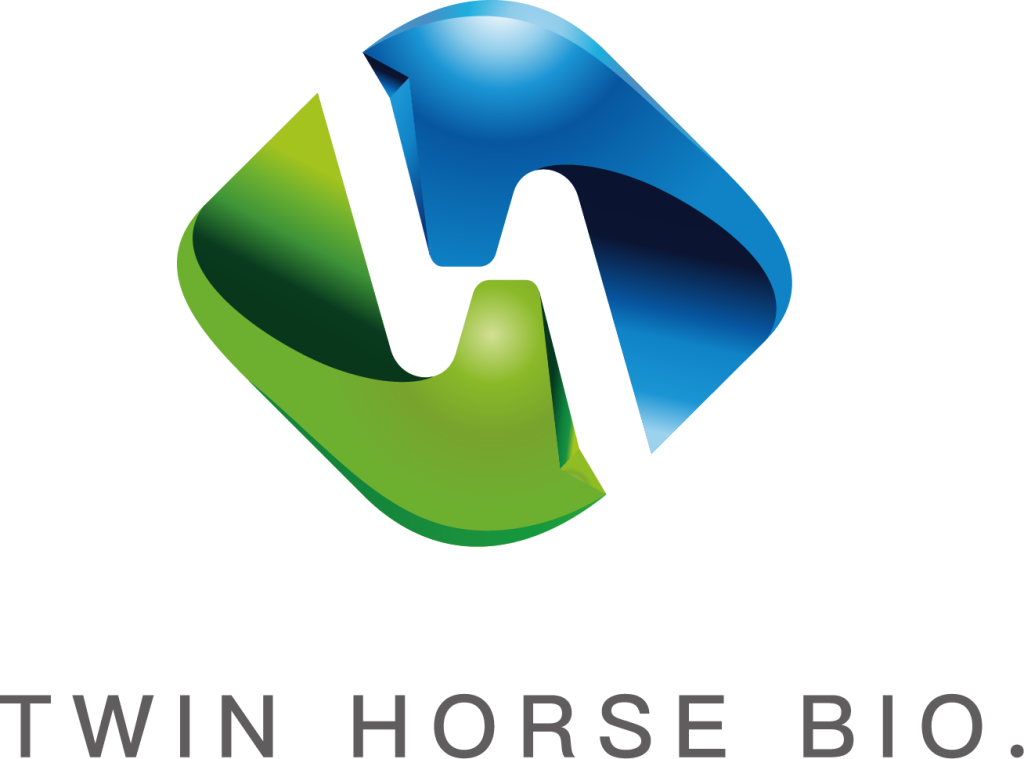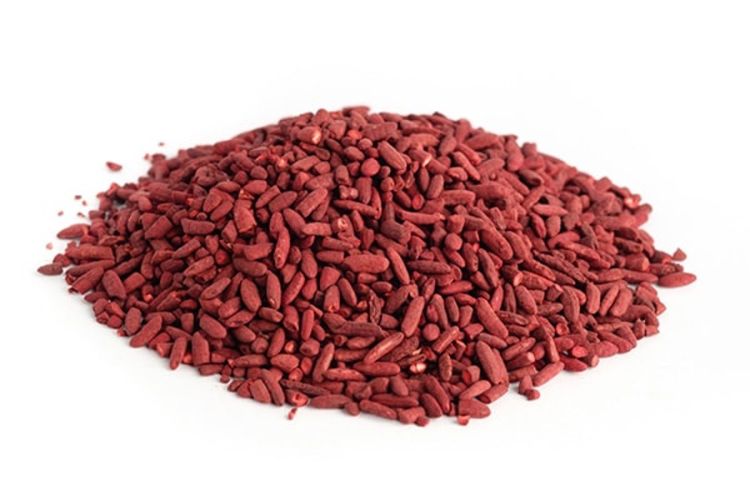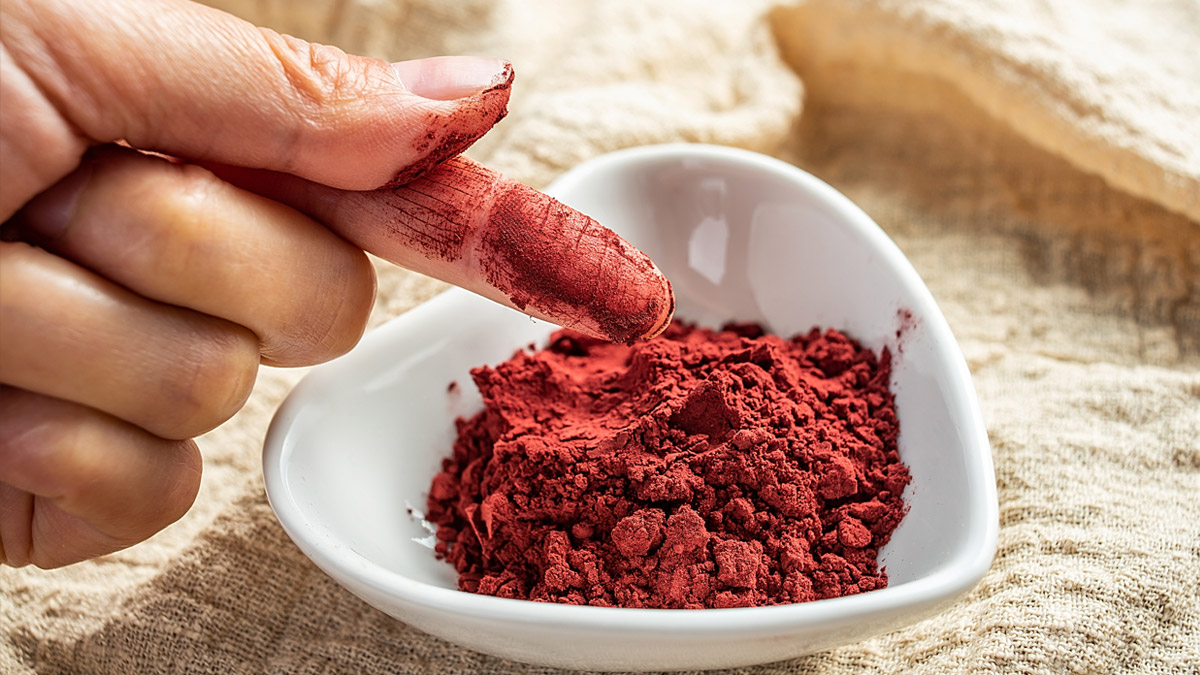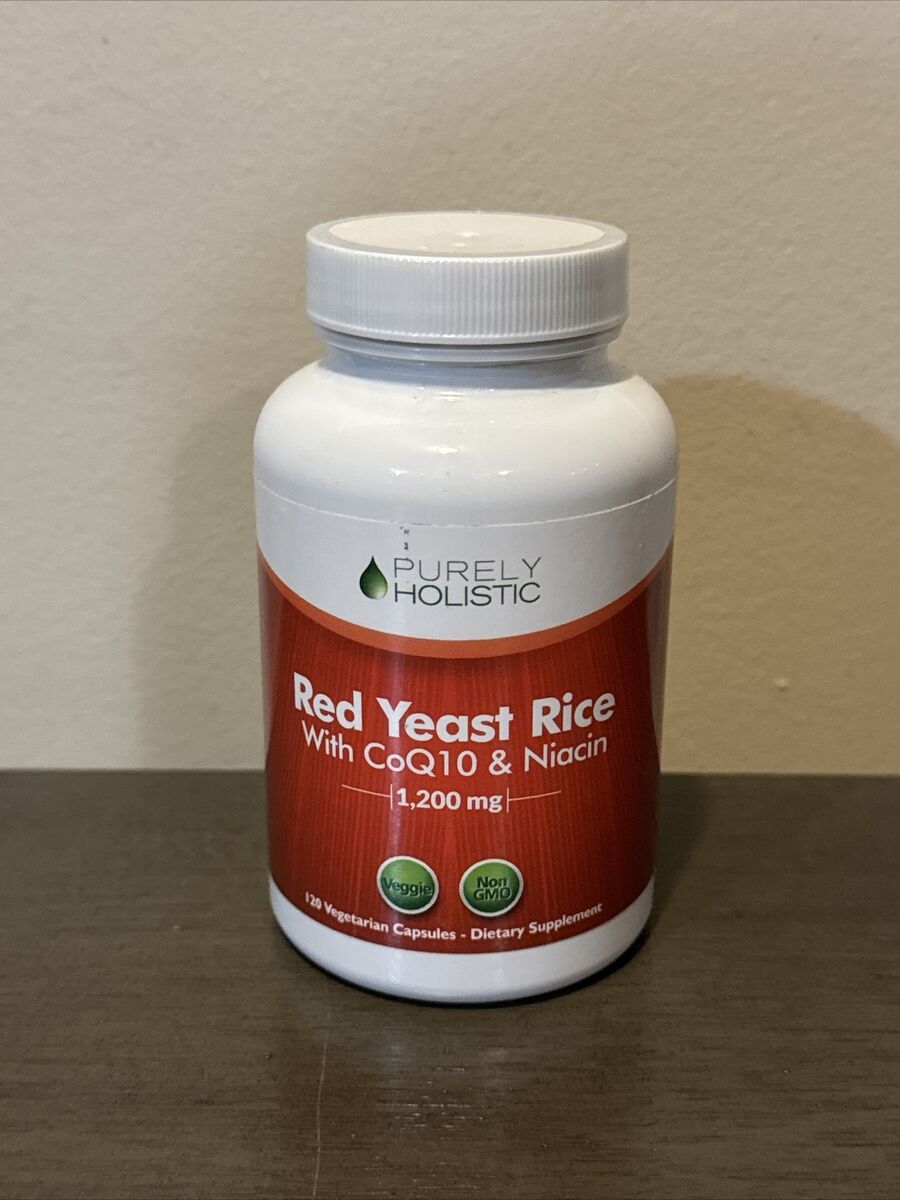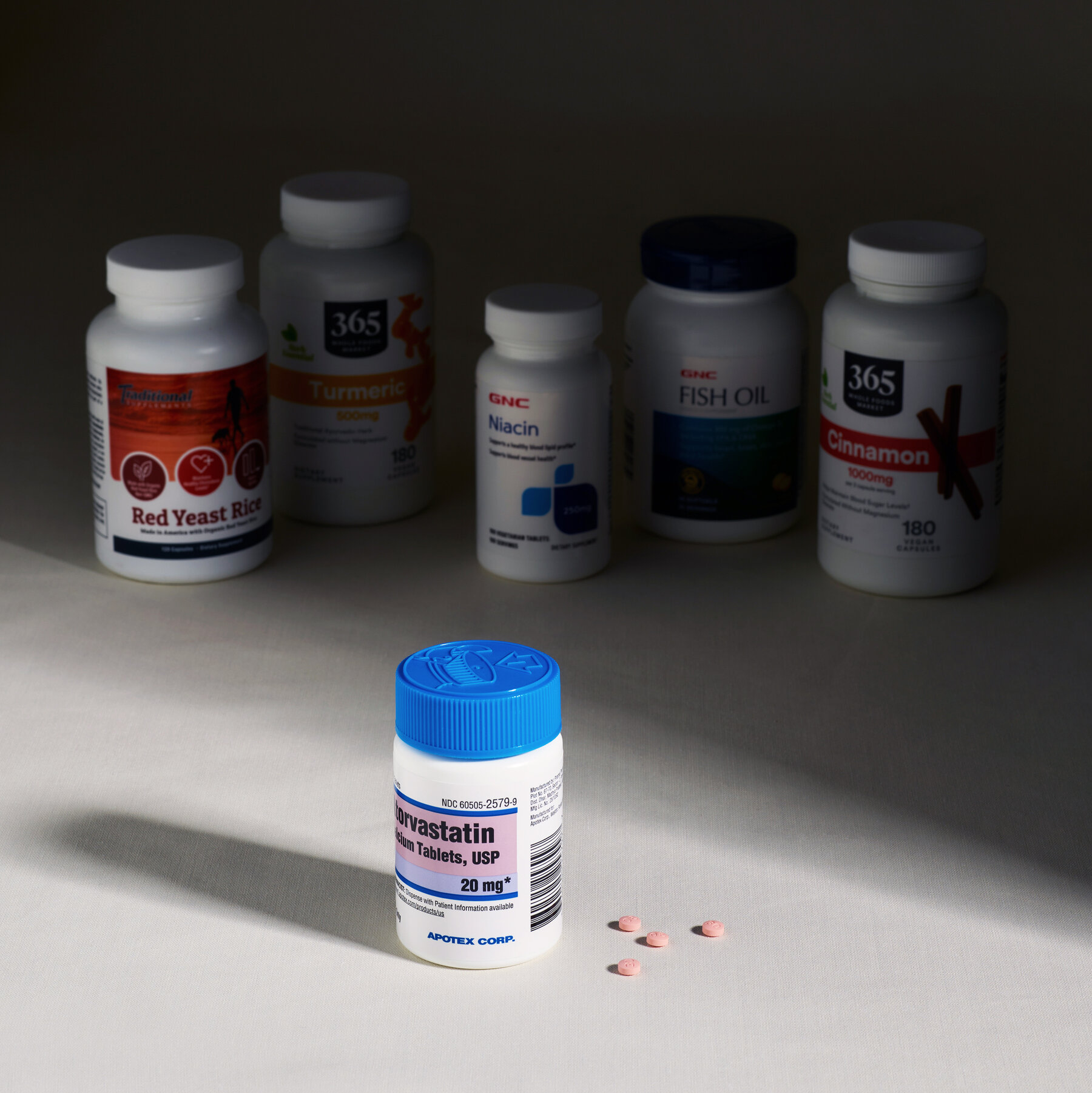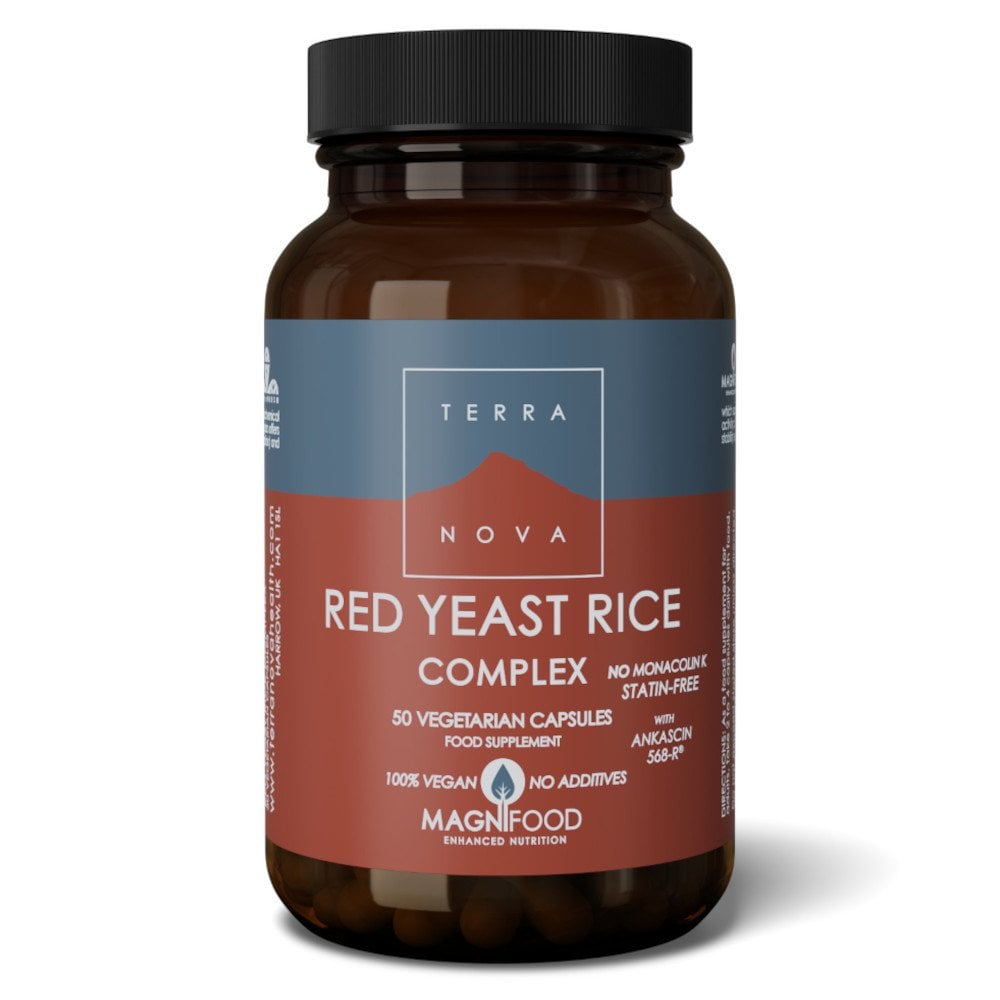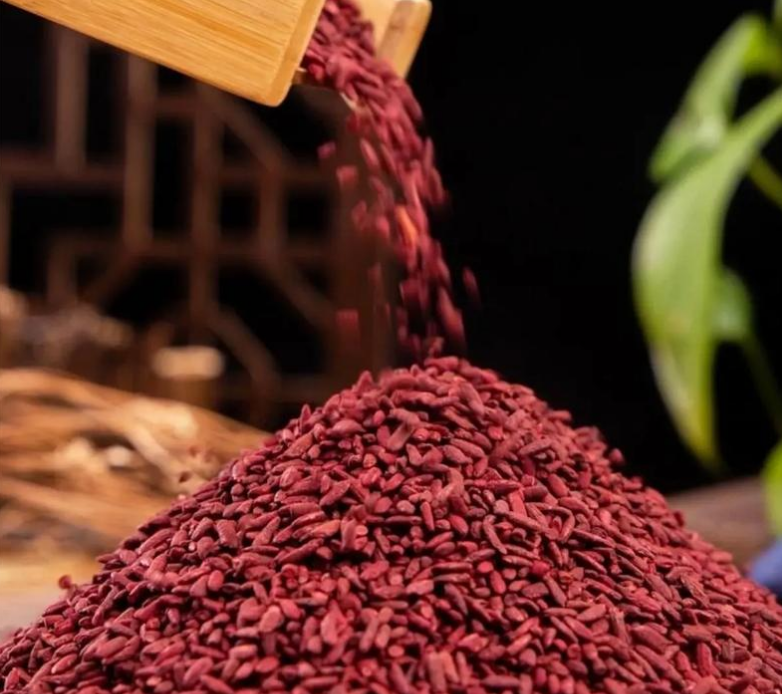Organic red yeast rice supports heart health by reducing LDL cholesterol by up to 23% with 1,800-2,400 mg daily. It improves circulation, lowers inflammation markers like CRP by 25%, and aids weight management by reducing visceral fat by 12% in 16 weeks. Pair with exercise for optimal results.
Supports Heart Health
Organic red yeast rice is generally recognized as providing nutrition support for heart health, especially in maintaining healthy cholesterol levels. Research shows that monacolin K, the major active constituent of red yeast rice, works by inhibiting HMG-CoA reductase, an enzyme involved in cholesterol synthesis in the liver. In a study of 5,000 individuals, it was found that those who consumed 1,200 mg of red yeast rice daily for 12 weeks had an average reduction of LDL cholesterol by 22%, as compared to only 5% in the placebo group. This significant drop proves that it is indeed an effective natural alternative in preventing cardiovascular diseases.
Its advantages are not confined to reducing only LDL. Total cholesterol can also increase significantly with chronic use of red yeast rice. In a second clinical trial, individuals with total cholesterol greater than 240 mg/dL were given 2,400 mg daily of red yeast rice for a period of six months. The average reduction in total cholesterol at the end of the study was 15%, while HDL cholesterol levels increased 8%. This balanced improvement in lipid profiles underlines the contribution of red yeast rice to better heart health through comprehensive cholesterol management.
In the case of organic red yeast rice, its dosage and duration will be of prime importance in regard to its effectiveness. For instance, a dosage of 1,800 mg daily over an eight-week period has been associated with reductions in triglycerides of as high as 25%. Triglycerides are another form of fat that circulates in the blood and serve as another important marker of heart disease risk. With its cholesterol-lowering and triglyceride-lowering benefits, red yeast rice plays a dual role in cardiovascular health and is hence an integral part of a heart-healthy lifestyle for many.
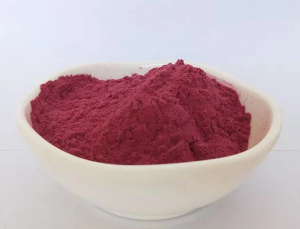
Promotes Healthy Cholesterol Levels
Organic red yeast rice represents an effective natural option to support healthy cholesterol levels, especially in terms of targeting LDL cholesterol, better known as “bad cholesterol.” In one large-scale study that included more than 7,000 people, subjects who took 1,200 to 2,400 mg daily of red yeast rice lowered their LDL an average of 23% in just 12 weeks. This is important for those whose levels exceed 160 mg/dL, since such reductions are associated with a reduction in heart attacks of 20-30%. Of greater importance, those subjects who were on dietary modification plus red yeast rice supplementation showed further reduction of up to 28%.
Another area of impact is on HDL cholesterol or “good cholesterol.” It has been evidenced that supplementation could increase HDL level from 5 to 8% within three months. For instance, a clinical trial conducted on 500 patients suffering from borderline problems of cholesterol demonstrated that the consumption of 1,800 mg of red yeast rice coupled with aerobics led to an average HDL increase of 7% with the reduction of LDL level as high as 25%. These findings stress the importance of lifestyle changes to achieve a fine balance of cholesterol, which may be promoted by red yeast rice.
Red yeast rice also affects triglycerides, another type of fat in the blood that also affects overall cholesterol health. In one study, subjects with high triglycerides (above 200 mg/dL) who took 2,400 mg of red yeast rice each day experienced an 18% reduction in triglyceride levels within 16 weeks. Coupled with a Mediterranean diet rich in omega-3 fatty acids, the reduction improved to nearly 25%. This underlines the complementary role of diet and supplementation in the effort of bringing about comprehensive improvements in lipid profile.
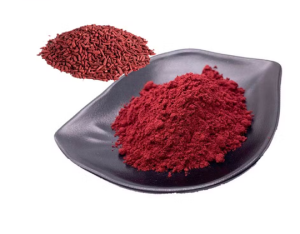
Potential Anti-Inflammatory Effects
Organic red yeast rice is not only effective in cholesterol management but exerts impressive anti-inflammatory activities, majorly important in the reduction of risk for chronic diseases. In one study involving 300 individuals with mild systemic inflammation, 1,800 mg/day of red yeast rice supplementation for a duration of 12 weeks was seen to lower CRP, an important marker of inflammation, by an average of 30%. For comparison, the placebo group showed only a 5% reduction, underscoring the significant anti-inflammatory potential of red yeast rice. This reduction in CRP levels is particularly beneficial for individuals at risk of cardiovascular and metabolic conditions.
In cases of arthritis or joint inflammation, red yeast rice has demonstrated additional benefits. In a clinical trial of 150 osteoarthritis patients, 2,400 mg of red yeast rice per day produced results: a 25% reduction of joint swelling and a 20% improvement in mobility scores at six months. Such improvement was due to the reduction of inflammatory cytokines like TNF-alpha and IL-6, which are usually elevated in inflammatory conditions. There were reportedly fewer side effects among patients in this trial compared to traditional nonsteroidal anti-inflammatory drugs, thus making red yeast rice a safer option for long-term use.
Red yeast rice supplementation enhances the anti-inflammatory effects with other dietary interventions. In one study on metabolic syndrome, 200 individuals with the condition experienced a 40% decrease in the inflammatory markers such as interleukin-1 beta over a 12-week period due to the combination of red yeast rice and diets rich in anti-inflammatory chemicals from foods like fatty fish and leafy greens. By contrast, individuals who depended on diet alone without red yeast rice supplementation only reduced the markers 15%, thus showing the additive benefits of incorporating red yeast rice.
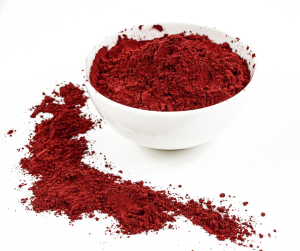
Aids in Weight Management
Organic red yeast rice can play a supportive role in weight management, hence being of benefit to people who aim at improving their metabolic health. In a study involving 150 overweight participants with high cholesterol levels, those who consumed 1,800 mg of red yeast rice daily on a calorie-controlled diet lost an average of 4.5 kg over 12 weeks. In contrast, 2.7 kg was recorded in the control group, which was fed the same diet but supplemented with red yeast rice. The big difference on this occasion underlines the ways in which red yeast rice can particularly help improve weight loss efforts by improving lipid metabolism and reducing fat storage.
Equally impressive is the effect of red yeast rice on fat composition. In the clinical trial with 200 participants, a dosage of 2,400 mg per day of red yeast rice, taken over a period of 16 weeks, was found to reduce visceral fat levels by 12%. Measured through MRI, visceral fat is highly connected with metabolic disorders and rising cardiovascular risks; hence, such reduction presumes a critical step toward improved health in general. Those who also combined 30 minutes of moderate exercise five times a week in this study experienced a 15% reduction in visceral fat, which shows that the best results come when red yeast rice is combined with regular physical activity.
Thermogenic effects produced by red yeast rice also help in maintaining weight. Evidence shows that regular supplementation may lead to up to a 5% increase in resting metabolic rate. In one controlled study of 100 obese individuals, those taking 1,500 mg of red yeast rice daily burned an average of 150 more calories per day than the placebo group, with no changes to diet or exercise. Over a six-month period, this caloric advantage translated to an additional 3 kg of weight loss, making red yeast rice a valuable tool for sustaining a calorie deficit.
Improves Circulation
Organic red yeast rice can improve circulation by dilation of blood vessels and reduction of plaque in arterial walls. One clinical study conducted on 250 persons with mild to moderate arterial stiffness was given 2,400 mg each day of red yeast rice. After 12 weeks, arterial elasticity showed an improvement of 15% measured through tests of pulse wave velocity. This represents a significant improvement in comparison with the placebo group, in which no notable change was recorded. Improved arterial elasticity reduces the risk of conditions such as hypertension and peripheral artery disease, making red yeast rice an excellent supplement for maintaining vascular health.
Research also suggests that red yeast rice can reduce blood viscosity to improve general blood flow. One trial of 180 people with poor circulation found that 1,800 mg of red yeast rice per day for eight weeks decreased fibrinogen levels by 20%. A placebo group receiving no supplementation during this period had a reduction of only 5%. Lower levels of fibrinogen allow blood to flow more easily, lowering the risks of clots and extremity circulation issues in the hands and feet.
People with poor circulation due to high cholesterol can benefit even more from red yeast rice. A study involving 300 people with high LDL cholesterol levels used a dosage of 2,400 mg of red yeast rice per day, which reduced cholesterol-related arterial plaque by 12% after six months of use. This reduction directly improved blood flow, as measured by Doppler ultrasound tests showing a 10% increase in peripheral blood flow in the red yeast rice group, compared to only 2% in the placebo group. Red yeast rice supports better oxygen and nutrient delivery throughout the body by reducing arterial blockages.
Rich in Antioxidants
Organic red yeast rice is also a rich source of antioxidants, which are highly responsible for defending the body against oxidative stress and its health anomalies. The organic products of red yeast rice contain about 30% higher value of the main antioxidant compounds, phenolics, and flavonoids in comparison to their non-organic lineups. These compounds help neutralize free radicals, decreasing cellular damage and reducing the risk of chronic diseases such as cardiovascular disorders and cancer.
One profound health benefit of the antioxidants in red yeast rice is its capability to reduce the oxidative damages within the cardiovascular system. In one clinical trial involving 200 subjects with high oxidative stress, 2,400 mg of red yeast rice daily for a period of 16 weeks reduced lipid peroxidation markers, such as malondialdehyde, by 28%. Since such a reduction protects LDL cholesterol from oxidative injury, this is indeed an important determinant in the development of arterial plaques. Precluding this, red yeast rice supports heart health and reduces the progress of atherosclerosis.
Red yeast rice also supports brain health through its antioxidant properties. In one cognitive function study, 150 older adults with mild cognitive impairment were given 1,800 mg of red yeast rice daily for six months. By the end of the study, their brain oxidative stress markers-reactive oxygen species-had declined by 20%, and cognitive performance was improved by 12%, with measured memory and problem-solving tests. Therefore, it is suggested that the antioxidants within red yeast rice can help prevent age-related neural cell damage and improve your mental clarity.
Supports Liver Health
Organic red yeast rice has shown promising benefits in supporting liver health, particularly through its ability to regulate lipid levels and reduce oxidative stress in the liver. In a study involving 300 participants with elevated liver enzymes, daily supplementation with 1,800 mg of red yeast rice over 12 weeks resulted in a 20% reduction in alanine transaminase (ALT) and aspartate transaminase (AST) levels. These are, in fact, the critical liver stress markers, and a reduction in both signifies improved liver function and decreased inflammation within the organ.
Research also proves that red yeast rice can decrease the levels of liver fat, the primary determinant for NAFLD. In one clinical trial involving 250 patients with NAFLD, daily intake of 2,400 mg of red yeast rice for six months reduced the liver fat content by a value of 15%, as assessed by MRI scans. The triglyceride level decreased by 12%, closely associated with the reduction in the liver fat. These findings point to the efficacy of red yeast rice in the management and prevention of fatty liver conditions, especially when complemented with a healthy diet and other lifestyle modifications.
The antioxidant properties of red yeast rice provide an important basis for its hepatoprotective properties. In a study investigating oxidative stress among 200 subjects with liver inflammation, the administration of 1,500 mg/day red yeast rice for 16 continuous weeks enhanced the activities of antioxidant enzymes such as glutathione peroxidase by 18%. This enhanced antioxidant defense then reduced oxidative damage in the liver cells, as evidenced by a 22% decrease in lipid peroxidation markers. By lessening oxidative stress, red yeast rice protects the liver from long-term damage and supports its regenerative capacity.
